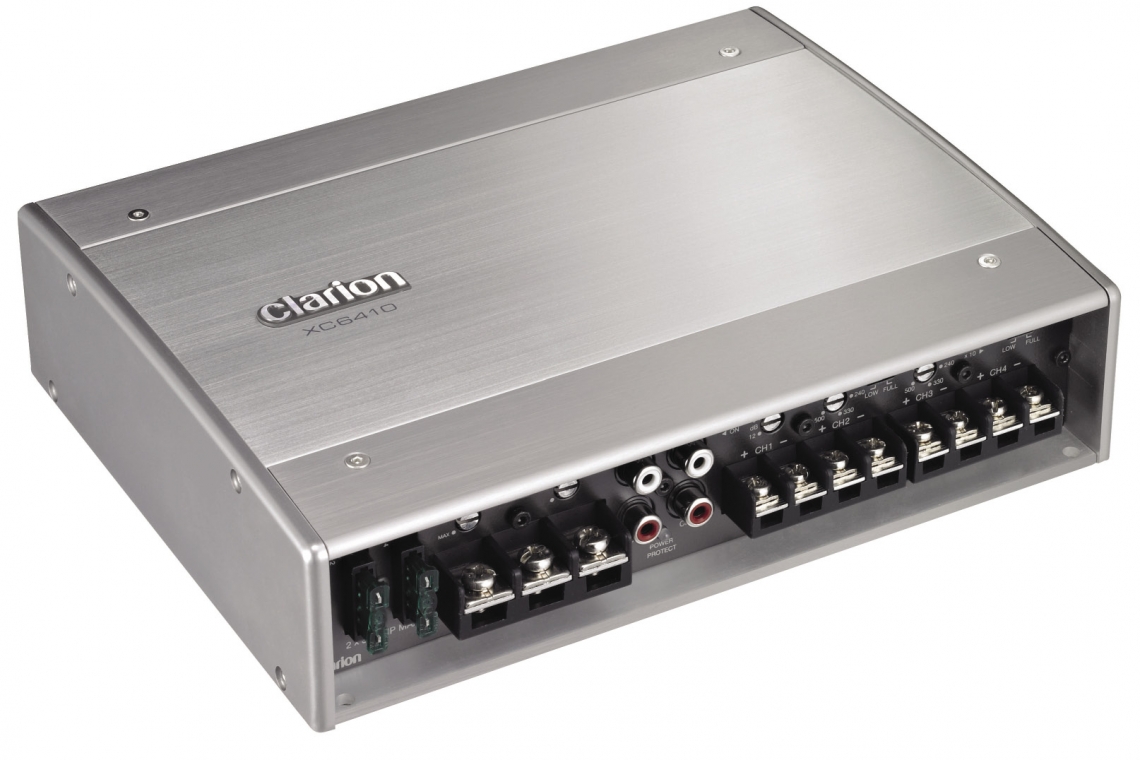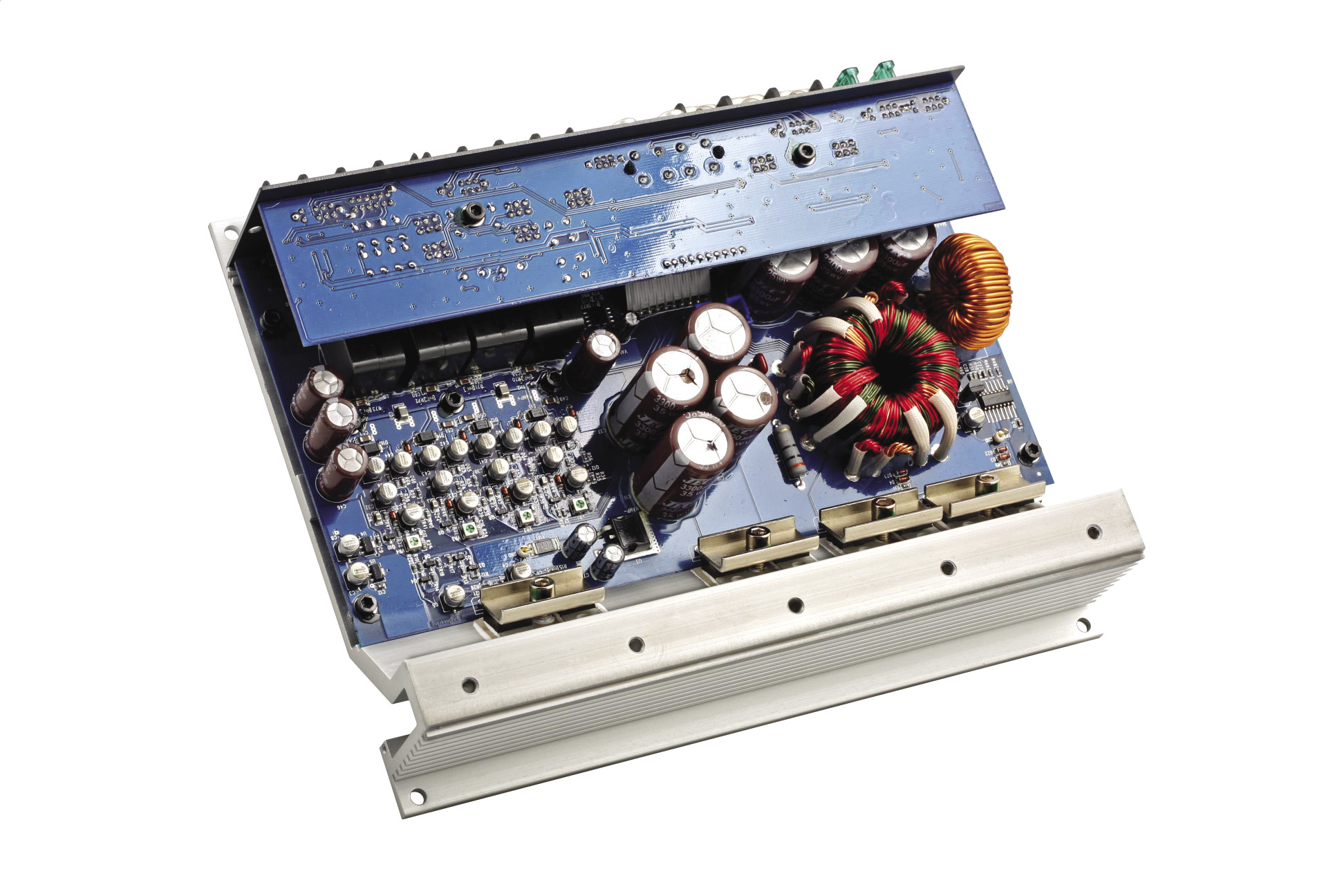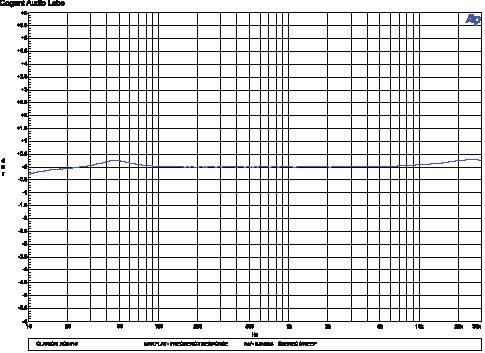When most enthusiasts think about historical car audio companies, our thoughts tend to gravitate towards the iconic American brands. So, it may come as a surprise to some that one of the oldest car audio companies on the planet began in Japan in 1940. Long before even I was born, the Hakusan Wireless Electric Company began manufacturing battery-operated household radios. Known since 1970 as the Clarion company, the brand boasts a long list of technological achievements and industry firsts.
Continuing that tradition, the good folks at Clarion Canada have sent me one of its latest four-channel amplifiers – the XC6410 – to put through its paces.
FEATURES
The Clarion XC6410 is a class D full range, four-channel amplifier designed around a very compact, classy looking two-tone brushed aluminum chassis. And, when I say compact, I'm not kidding. Measuring only 8.75 x 6.8 x 2.2 inches, it's hard to believe the amplifier is rated at 85 W x 4 at four ohms, and a whopping 125 W x 4 at two ohms. But, thanks to the efficiency of a well-executed class D topology, the heat dissipation of the amp is easily managed and the power is very real.
Of course, the amplifier can be used in bridged mode where you can create four, three or two channels, depending on the architecture of your system. Special signal steering switches configure the amp for four-channel stereo, three-channel stereo/mono or true two-channel stereo output.
There are quite a few handy and welcome features you won't find on many competitive products. For example, the ability to turn on the amplifier with high level input signal when a remote wire doesn't exist; or, being able to have bass boost applied to all four channels or only two. Convenience features like these make the XC6410 easy to install in a wide variety of applications and can really come in handy. Speaking of a variety of applications, the XC6410 is also fully treated with conformal coating and nickel-plated hardware for complete compatibility in marine applications.
Connections and controls are all found on the front edge of the amplifier and accessible by removing two small screws holding an aluminum trim panel in place (it normally hides and protects the connections and controls). In addition to the aforementioned stereo/bridged/mono switches, there are more switches for using one or two pairs of RCA inputs, the “auto sense” feature and, of course, the usual crossover-type and range switches. On the XC6410, channels one and two can be set to full range, high pass or low pass with a frequency range of 50 to 500 Hz. Channels three and four are the same, but add a 10 times (x10) range switch for a frequency span of 50 to 5kHz.
Terminals are basic terminal blocks with nickel-plated Phillips screws. The RCA input connectors are also nickel-plated. A special high level-to-RCA adapter is included to drop the input voltage down before it enters the amp to allow connection directly to speaker level signals.
LISTENING
Connected to my reference listening system in three-channel mode – with channels one and two bridged to a four-ohm woofer and the remaining two channels driving my reference speakers – I set the subwoofer crossover to about 80 Hz and leave the main channels in all-pass mode.
In a word, the amplifier sounds excellent. I'm used to having to put up with a bit of telltale class D “hash” from a lot of full range class D amps, but the XC6410 has none of it. As in zero. Nor does it have any type of audible noise or hiss – even with the gains fairly high and my ears only a short distance from my tweeters. Clarion has come up with a really good sounding amplifier here and I'm having a great time testing its mettle with a variety of musical genres at both low and high volume levels. The amount of available power is great, the amp never feels like it's running out of breath unless I'm doing stupid things with the volume control. In fact, the amp sounds very neutral and has excellent stereo imaging. The bottom end is tight, well-controlled and gives my single four-ohm woofer all it can handle. I experiment with the on-board bass boost and find it was pretty useful with a relatively narrow Q and boost at about 45 Hz. All in all, this is a very good sounding, uncolored amplifier.
PERFORMANCE/BENCH MEASUREMENTS
After I'm finished listening, I move the amp into the lab for some bench testing to see exactly what kind of performance numbers it can deliver. The Clarion XC6410 does not disappoint and easily exceeds all of its published specifications, including the CEA-2006B specs that Clarion prints on the box and manual. Some people don't appreciate how valuable these specs are, but rest assured when you are comparing two amps by the CEA-2006 specs, it truly is an “apples to apples” comparison. Kudos to all the manufacturers like Clarion who have the cojones to publish real numbers.
The XC6410 scores very high in all measurements with exceptional frequency response, signal-to-noise and stereo separation performance. One often overlooked area is common mode rejection, which is a measurement of how well the front end of the amp rejects noise – alternator whine, for example. The XC6410 performs admirably in this test with over 60 dB of rejection, which is easily double the rejection some competitive products and will go a long way in keeping noise out of the system and installers happy. It also gets high marks in power, efficiency, distortion and has a comprehensive protection scheme.
CONCLUSION
If you are in the market for a four-channel amp, Clarion's XC6410 is very worthy of serious consideration. It has exemplary sound quality, is well engineered and nicely made as well as designed and built for use in your car or your boat, which provides a great deal of application flexibility. Couple all that value with a measured output power of 150 watts per channel and it comes in right at about a-buck-a-watt. That's makes it a great deal, period.
TECHNICAL DATA
The following power measurements have been obtained using industry standard methods (1 kHz @ 1.0% THD+N – Battery voltages shown +/- 0.2 V).
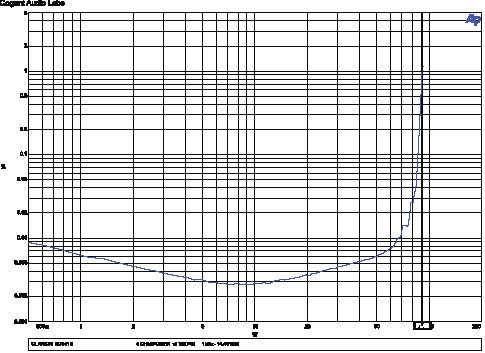 |
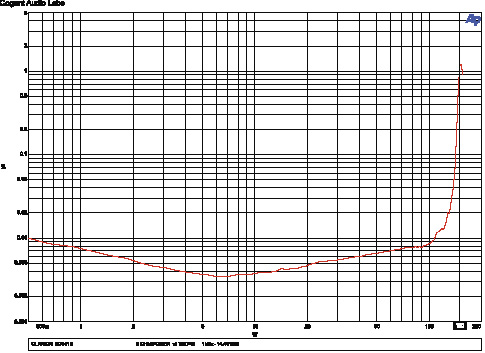 |
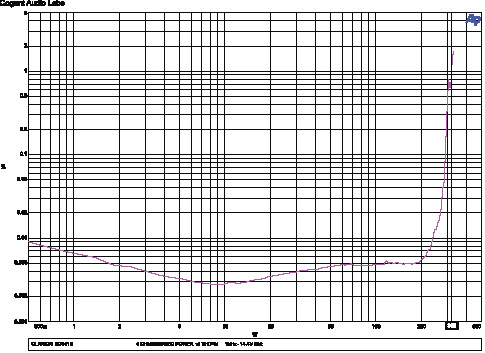 |
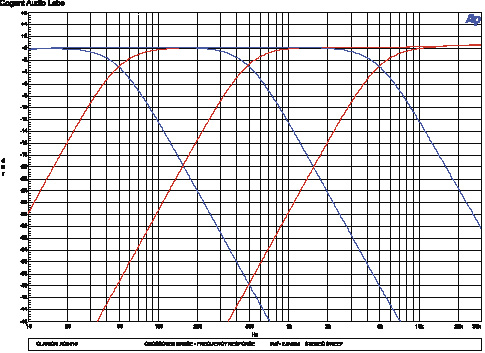 |
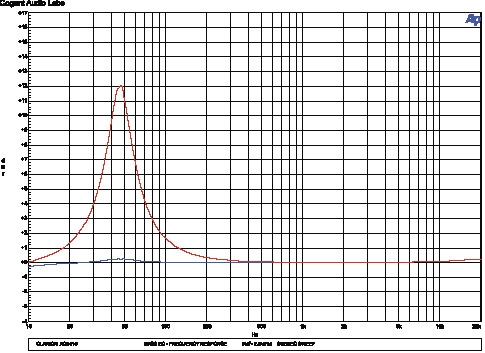 |
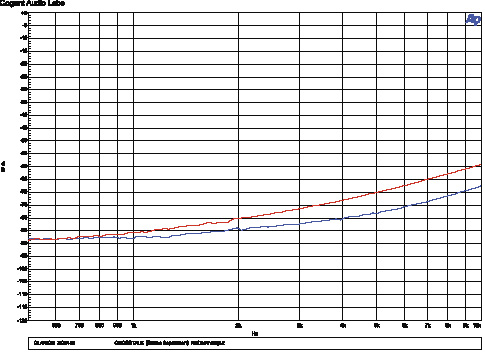 |
MEASURED PERFORMANCE SPECIFICATIONS
|
Manufacturers Rated Power |
Actual Measured Power @ 1.0% THD+N @ 12.6 V Battery |
Actual Measured Power @ 1.0% THD+N @ 14.4 V Battery |
|
85 W x 4 @ 4 ? |
68 W x 4 @ 4 ? |
91 W x 4 @ 4 ? |
|
125 W x 4 @ 2 ? |
113 W x 4 @ 2 ? |
150 W x 4 @ 2 ? |
|
250 W x 2 @ 4 ? |
241 W x 2 @ 4 ? |
318 W x 2 @ 4 ? |
|
Signal to Noise Ratio referenced to 2 V output (CEA-2006A) (1 W @ 4 ?) |
-89.9 dBA |
|
Signal to Noise Ratio referenced to full output |
-109.5 dBA |
|
THD+N at rated 4 ? power |
0.05% |
|
CEA-2006A rated 4 ? power (min. power per ch. developed over the entire intended audio bandwidth) |
87 W |
|
Maximum Efficiency at full 4 ? power per ch. |
83.4% |
|
Maximum Efficiency at full 2 ? power per ch. |
72.3% |
|
Efficiency at 10 watts per channel, 4 ? |
63.1% |
|
Idle Current |
1.4 A |
|
Input Sensitivity |
201 mV – 6.0 V |
|
Maximum Current at full power, lowest rated impedance |
46.3 A |
|
Frequency Response (-3 dB) |
<10 Hz – 74 kHz |
|
High Pass Crossover |
50 Hz – 5 kHz -12 dB/Oct |
|
Low Pass Crossover |
50 Hz – 500 Hz -12 dB/Oct |
|
Subsonic Filter |
None |
|
Bass EQ boost |
+12 dB @ 47 Hz |
Related Articles
 Acura To Bring Back The RSX… Sort Of
Acura To Bring Back The RSX… Sort Of
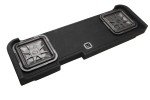 KICKER Under-Seat Loaded Enclosures for Ford, GMC, Chevy, RAM
KICKER Under-Seat Loaded Enclosures for Ford, GMC, Chevy, RAM
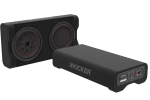 Understanding Audio Radiators w/ KICKER
Understanding Audio Radiators w/ KICKER
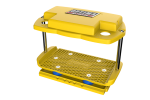 OPTIMA Batteries - Battery Mounts
OPTIMA Batteries - Battery Mounts
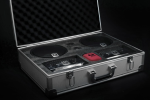 MB Quart Q Series Speakers
MB Quart Q Series Speakers
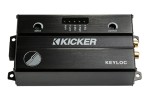 KICKER KEYLOC Smart Line-Out Converter
KICKER KEYLOC Smart Line-Out Converter


